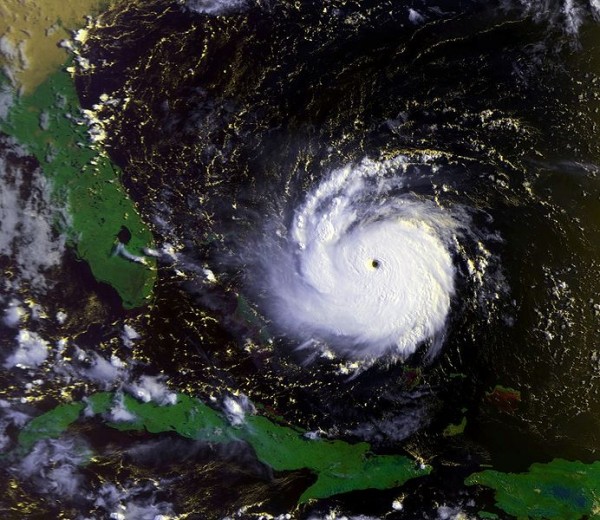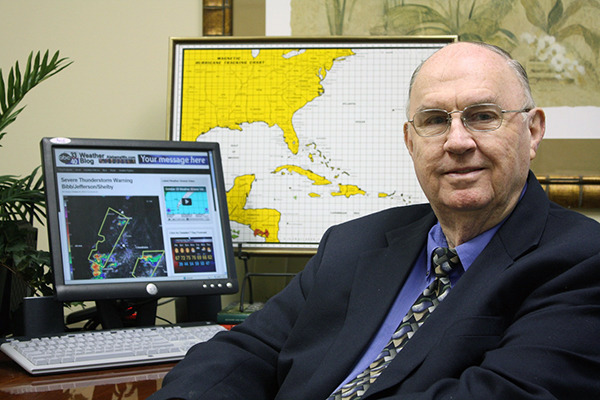Remembering Hurricane Andrew
On this date in 1992, Hurricane Andrew made landfall in southern Dade County Florida near Homestead around 5am.
The storm had the fourth lowest pressure ever recorded in a landfalling United States Hurricane (922 mb). Only Camille (1969), the Labor Day Storm (1935) and Katrina (2005) were stronger.
Originally classified as a Category 4 storm, Andrew was upgraded to a Category 5 storm ten years later based on new research data.
The storm was intensifying at landfall, as evidenced by final reconnaissance report of a central pressure of 930 mb followed by the land observation of 922 mb. Intensifying tropical cyclones are generally accompanied by increasing winds. The storm had maximum winds at landfall of 145 mph with gusts to 175 mph. The storm surge peaked at 16.9 feet in Biscayne Bay, which was a record for South Florida.
Before Andrew, South Florida had been spared from a major hurricane for some 27 years. Andrew ranks first in all time damage, with losses in Florida totaling at least $25 billion. Some estimates range as high as $40 billion.
Homestead AFB was wiped off the face of the earth. Up to 250,000 people were left at least temporarily homeless in south Florida. 63,000 homes were destroyed. 110,000 homes were damaged.
Fifteen deaths in Florida were directly attributable to Andrew, with another 29 as an indirect result of the storm.
As bad as Hurricane Andrew was, it could have been worse. If the hurricane had struck land 20 miles further north where over a third of the population ignored calls to evacuate, the death toll would have been substantially higher and the damage total even more immense.
Andrew would cross the Florida peninsula during the day and emerge in the Gulf of Mexico heading for Louisiana.
Category: Met 101/Weather History
















